Gijs van der Schot
SHREC 2021: Classification in cryo-electron tomograms
Mar 18, 2022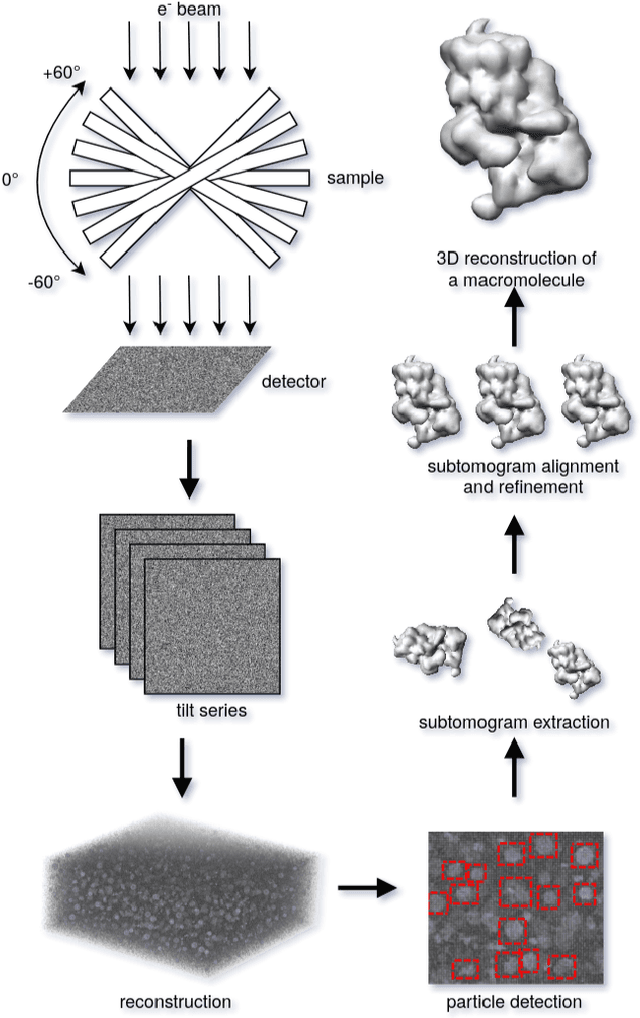
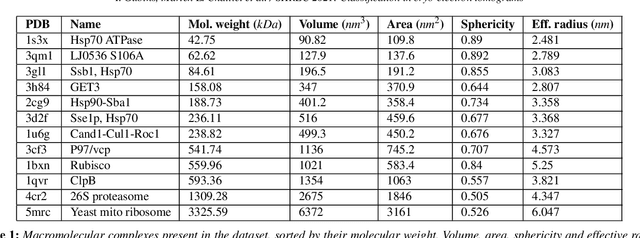
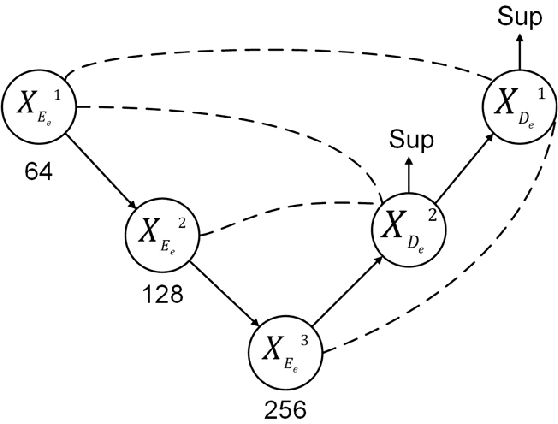
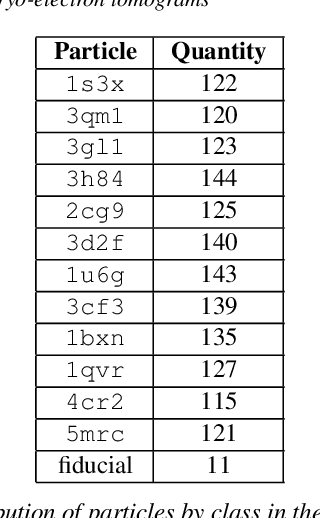
Abstract:Cryo-electron tomography (cryo-ET) is an imaging technique that allows three-dimensional visualization of macro-molecular assemblies under near-native conditions. Cryo-ET comes with a number of challenges, mainly low signal-to-noise and inability to obtain images from all angles. Computational methods are key to analyze cryo-electron tomograms. To promote innovation in computational methods, we generate a novel simulated dataset to benchmark different methods of localization and classification of biological macromolecules in tomograms. Our publicly available dataset contains ten tomographic reconstructions of simulated cell-like volumes. Each volume contains twelve different types of complexes, varying in size, function and structure. In this paper, we have evaluated seven different methods of finding and classifying proteins. Seven research groups present results obtained with learning-based methods and trained on the simulated dataset, as well as a baseline template matching (TM), a traditional method widely used in cryo-ET research. We show that learning-based approaches can achieve notably better localization and classification performance than TM. We also experimentally confirm that there is a negative relationship between particle size and performance for all methods.
Supervised Classification Methods for Flash X-ray single particle diffraction Imaging
Oct 25, 2018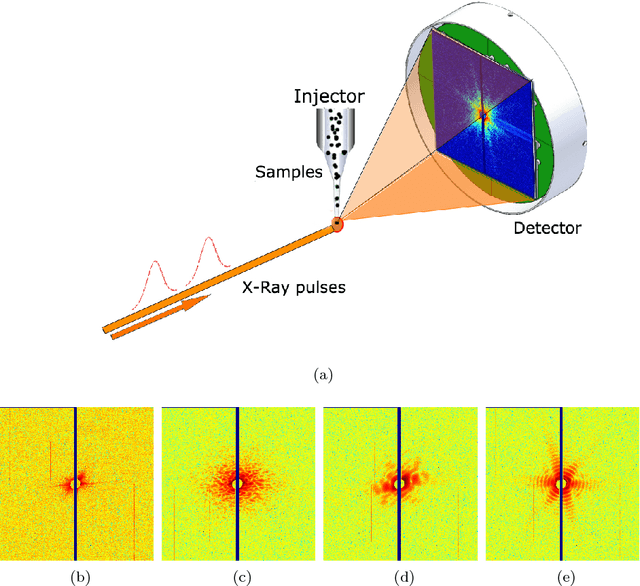
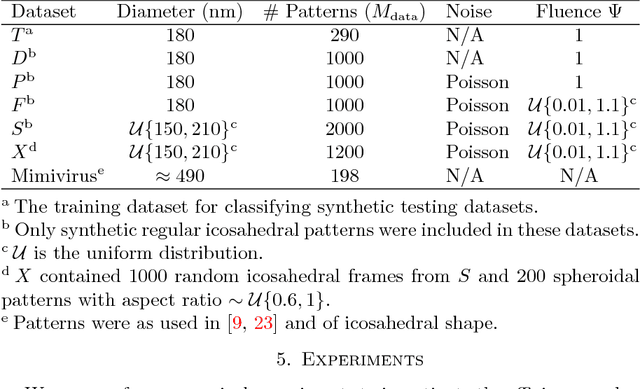
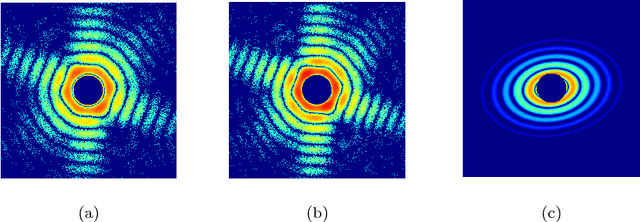

Abstract:Current Flash X-ray single-particle diffraction Imaging (FXI) experiments, which operate on modern X-ray Free Electron Lasers (XFELs), can record millions of interpretable diffraction patterns from individual biomolecules per day. Due to the stochastic nature of the XFELs, those patterns will to a varying degree include scatterings from contaminated samples. Also, the heterogeneity of the sample biomolecules is unavoidable and complicates data processing. Reducing the data volumes and selecting high-quality single-molecule patterns are therefore critical steps in the experimental set-up. In this paper, we present two supervised template-based learning methods for classifying FXI patterns. Our Eigen-Image and Log-Likelihood classifier can find the best-matched template for a single-molecule pattern within a few milliseconds. It is also straightforward to parallelize them so as to fully match the XFEL repetition rate, thereby enabling processing at site.
 Add to Chrome
Add to Chrome Add to Firefox
Add to Firefox Add to Edge
Add to Edge